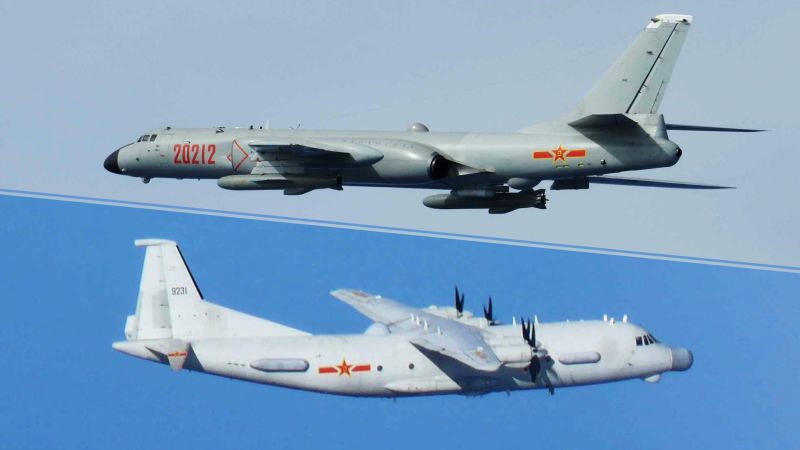Not necessarily. The velocity of the air would simply increase. You'd get slightly higher intake losses, though, if the intake isn't well adapted to the engine.
Same inlet may work for A318/A319/A320/A321 because of atleast two reasons.
1. They belong to the same CFM56-5B family of engines. Specs pulled from the
manufacturer:
wiki gyaan:
The CFM56 is a high-bypass turbofan engine (most of the air accelerated by the fan bypasses the core of the engine and is exhausted out of the fan case) with several variants having bypass ratios ranging from 5:1 to 6:1, generating 18,500 to 34,000 lbf (80 kN to 150 kN) of thrust. The variants share a common design, but the details differ.
2. Subsonic inlets are simple- straight & short, won't vary much from one engine type to another. Leaning on jet engine inlet info from
NASA
The inlet does no work on the flow,
inlet performance has a strong influence on engine net
thrust. As shown in the figures above, inlets come in a variety of shapes and sizes with the specifics usually dictated by the speed of the aircraft.
SUBSONIC INLETS
A simple, straight, short inlet works quite well. On a typical subsonic inlet, the surface of the inlet from outside to inside is a continuous smooth curve with some thickness from inside to outside. The most upstream portion of the inlet is called the highlight, or the inlet lip. A subsonic aircraft has an inlet with a relatively thick lip.
SUPERSONIC INLETS
An inlet for a supersonic aircraft, on the other hand, has a relatively sharp lip. The inlet lip is sharpened to minimize the performance losses from shock waves that occur during supersonic flight. For a supersonic aircraft, the inlet must slow the flow down to subsonic speeds before the air reaches the compressor. Some supersonic inlets, like the one at the upper right, use a central cone to shock the flow down to subsonic speeds (reminds of the M2K inlet). Other inlets, like the one shown at the lower left, use flat hinged plates to generate the compression shocks, with the resulting inlet geometry having a rectangular cross section (reminds of F-15/Su-30 inlets). This variable geometry inlet is used on the F-14 and F-15 fighter aircraft. More exotic inlet shapes are used on some aircraft for a variety of reasons. The inlets of the Mach 3+ SR-71 aircraft are specially designed to allow cruising flight at high speed. The inlets of the SR-71 actually produce thrust during flight.
On how the F-15 can go from 106kN all the way to 144kN- a power bump of 36% all with the same inlet, let's just say it is over-engineered and incredibly complex compared to the simple pitot intake on LCA.
F-15
has a 3 part vari-ramp, a Diffuser Ramp and a Bypass door. It automatically changes the inlet angle (orientation) from forward to down and throat height of the intake by pivoting the 1st ramp and adjusting the 2nd and 3rd ramps as needed depending on AOA and airspeed. It makes continuous changes as needed in flight.
F15 inlet in action-
LCA
This was in response to someone asking why Tejas is limited to 1.6 Mach.
Finally, see the evolution of Hornet to Super Hornet and Gripen C to
Gripen-E- both have been redesigned with bigger inlets to accommodate additional airflow as both make the same jump from F404 to F14 engines the Tejas program will now attempt with MWF-




